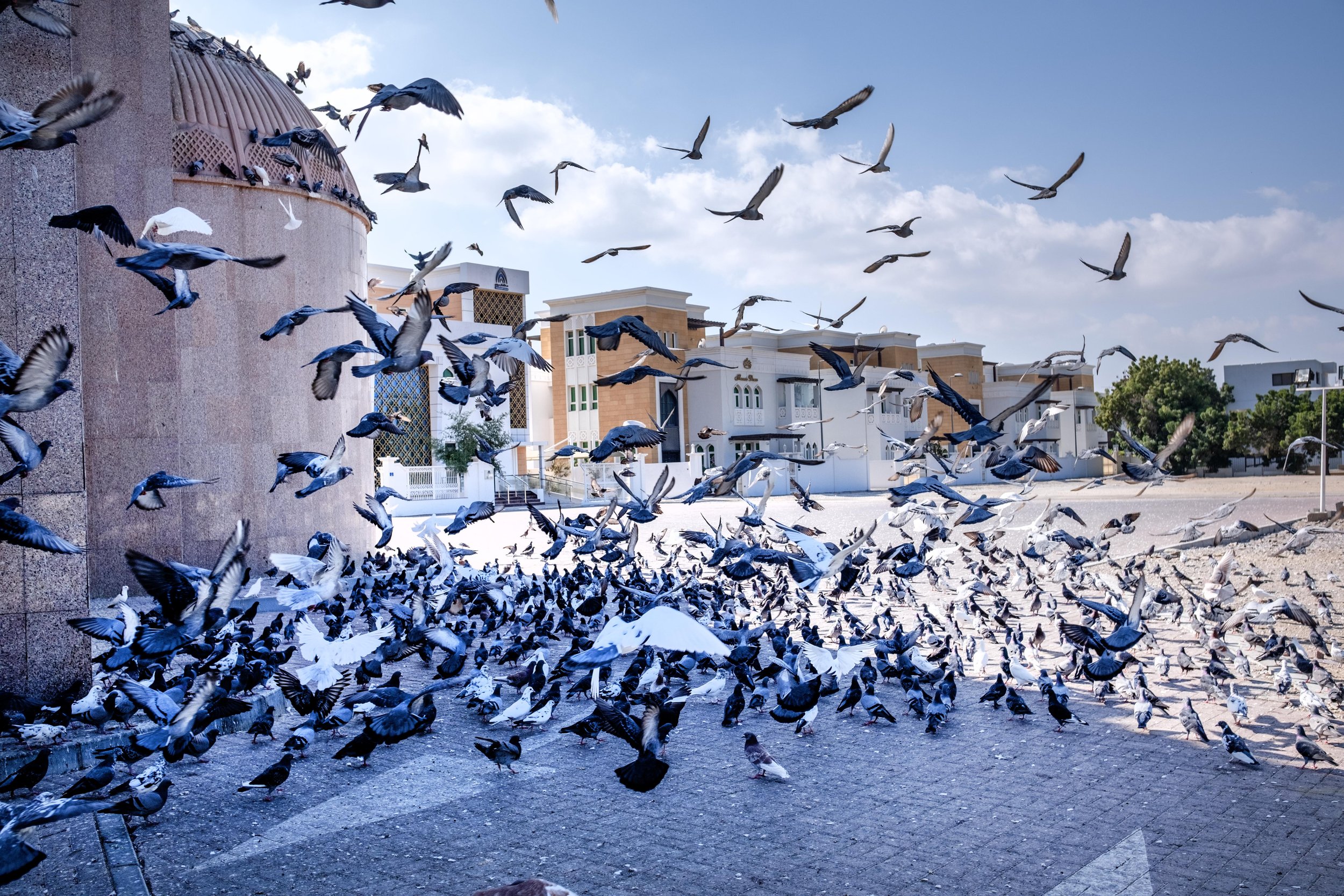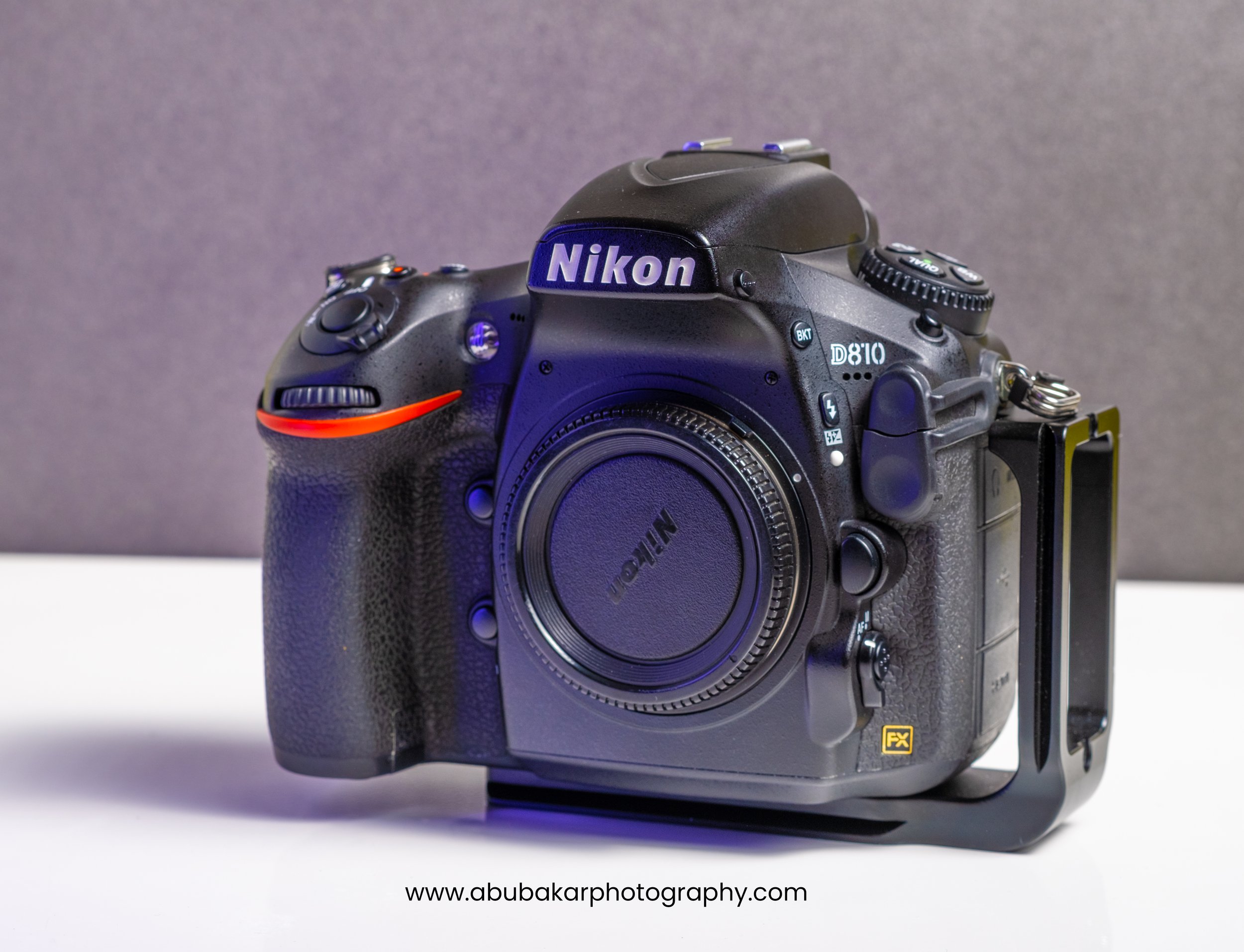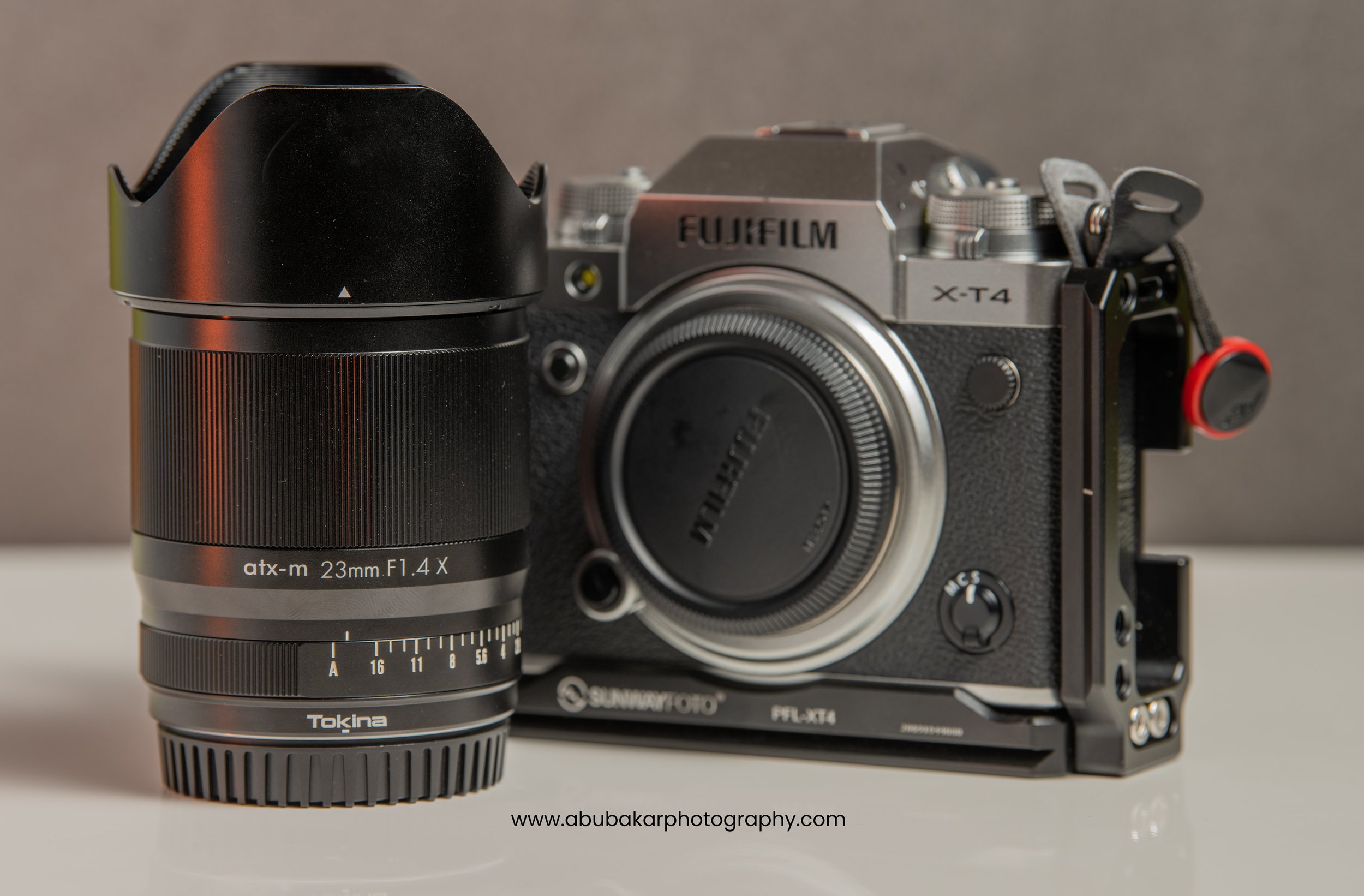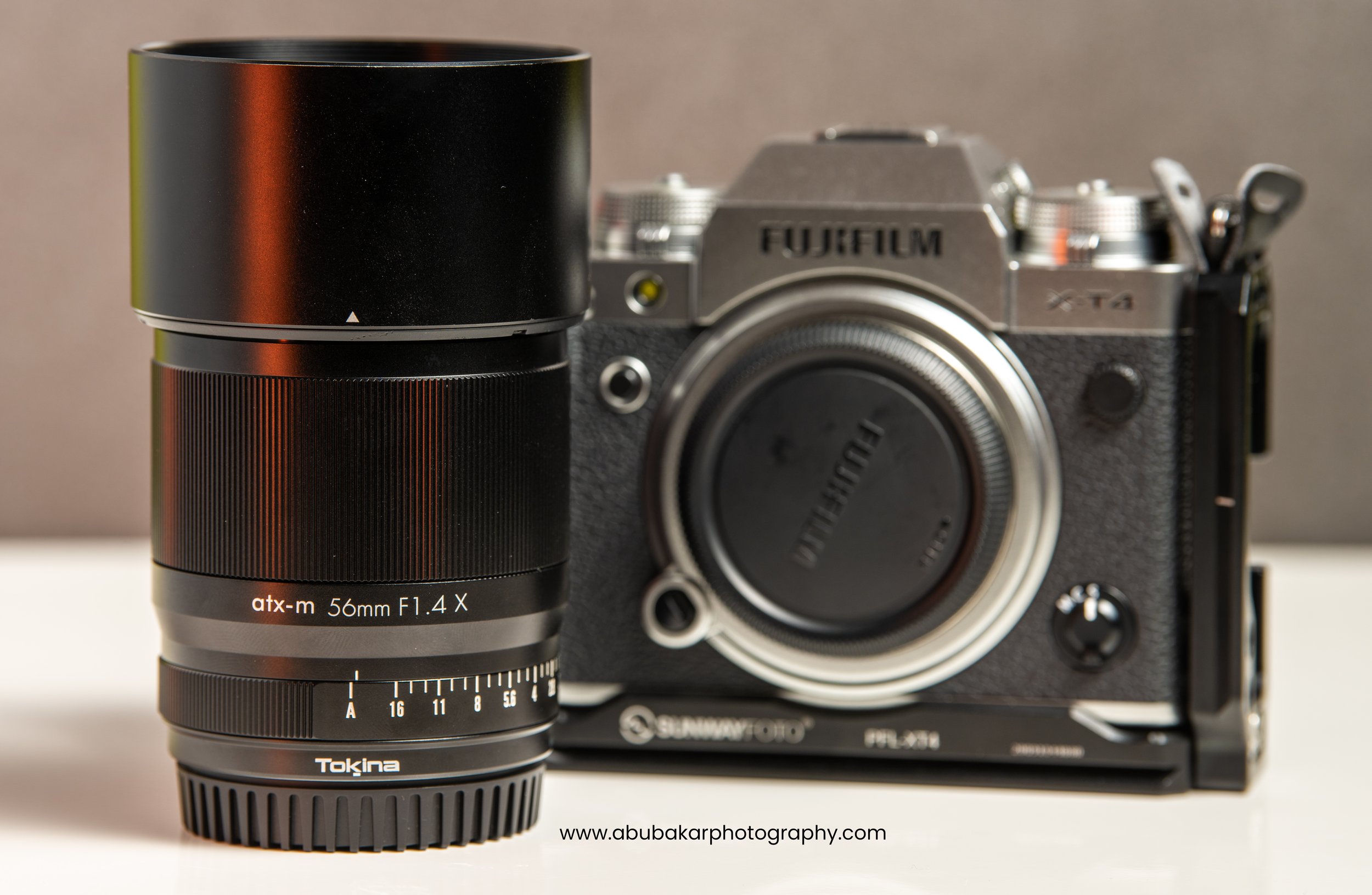Why you must visit Muscat, Oman? Muscat Oman travel guide
Muscat, the capital of Oman, is a must-visit destination for tourists looking for a blend of modern and traditional culture.
Muscat is the capital and largest city of Oman, located on the blue waters of Gulf of Oman, and it is home to a population of around 2 million people. It has a rich history dating back to ancient times which shows the patterns of how many conquerors arrievd and wished to occupy this strategically important land. Why Oman was attempted by many? It was an important port for trade and commerce, and it has been inhabited for thousands of years. Today, it is a modern city with a thriving economy and a vibrant culture.
“This was my second destination after covering the beautiful Sultan Qaboos Mosque of Sohar. It was day 02 of my short solo road trip and i was in Muscat to capture its stories and everyday life”
Mutrah Cornice of Muscat Oman. Photo taken with Fujifilm XT4 and Tokina atx-m 23mm F1.4X lens
What you should be looking for in Muscat?
Muscat is a very diverse city, especially when it comes to what it can offer to tourists. One of the main and known attractions in Muscat is the Sultan Qaboos Grand Mosque (yes another magnificent mosque with the same name), which is the largest mosque in Oman and can accommodate up to 20,000 worshippers at a time. The mosque is known for its grand architecture, including a stunning crystal chandelier and a beautiful Iranian handmade carpet.
Another popular attraction in Muscat is the Mutrah Souq, a traditional market where visitors can find a wide variety of goods, including spices, textiles, and handicrafts. The souq is a great place to shop for souvenirs or just to experience the local culture and its own unique and authentic way.
Oman’s Capital is also home to several museums, including the Bait Al Zubair Museum, which showcases the history and culture of Omani people, and the Natural History Museum, which displays a variety of stunning artifacts related to the natural history of this region. The city is also known for its beautiful beaches, blue waters and coastal scenery. There are several beaches in the area, two of them are really famous among tourists. Those are Qurum Beach and Bandar Jissah Beach, known for swimming, boating and sunbathing.
Let me take you to these beautiful locations :)
Mutrah Corniche
The Mutrah Corniche is a must-visit for tourists in Muscat. This picturesque waterfront promenade stretches for several kilometers and offers breathtaking views of the Arabian Sea and the Muscat city. The Corniche is dotted with colorful fishing and luxurious boats and is a popular spot for locals and tourists to have a peaceful walk or enjoy a picnic. Its a long curved walking stretch where you can spend hours and enjoy peacful weather and nature.
Mutrah Cornice of Muscat Oman. Photo taken with Fujifilm XT4 and Tokina atx-m 23mm F1.4X lens
It is a beautiful stretch of coastline located in the heart of Mutrah, a historic district in the city of Muscat, Oman. With its stunning views of the Gulf of Oman and the world famous Mutrah Souq (market), the Corniche is a popular destination for tourists and local communities. You will notice a lot of watch towers in this area. these towers were built during 15th century onwards by armies of many nations, who once ruled this vibrant city.
These watch towers were used to keep an eye on any unfriendly activity in the Arabian Sea, to protect voyages and merchants.
Mutrah Corniche and its ancient watch towers. Photo taken with Nikon D810 & Nikon 70-200mm F2.8 FL ED VR lens.
“During my last visit of Muscat in 2017, I spent a lot of time learning the area and now was the time to use it. I parked my car in front of the main parking spot, took two cameras with me and started walking. It was a sunny Friday and I was there quite early to feel the vibe of the area first hand”
As you walk along, you'll likely come across the Mutrah Fish Market, a bustling place where local fishermen sell their catch of the day. The market is a great place to observe traditional Omani life and to try some of the delicious continental and seafood they offer.
Importantly enough, it is not allowed to catch fishes in the corniche without license but they were many local residents from India, Nepal and Bangladesh, busy catching small fishes with bear hands and small hooks.
A local resident and an expatriate from India standing with his first catch, a tiny fish from the shallow waters of the Mutrah Corniche. Photo taken with Nikon D810 & Nikon 70-200mm F2.8 FL ED VR lens.
One of the most iconic landmarks and touristy location on the Corniche is the Mutrah Souq, a traditional Arabian market where you can find everything from spices, perfumes and textiles to traditional Omani souvenirs. The souq is a great place to wander and explore, and you'll find many friendly Omani locals willing to chat and share their culture with you.
Another popular attraction on the Corniche is the Sultan's Palace, a stunning architectural gem that sits atop a hill overlooking the Gulf of Oman. By that time, I had finished covering the Mutrah Corniche area and head towards the small district of this iconic palace. The palace is not open to the public, but it's worth a visit just to see the beautiful gardens and grounds surrounding the palace.
The whole district gives you vibe of Royalty. Palace is facing the famous museum and on its sides are the local government offices. One should explore the whole area by walk. There are lots of free parking spots availble, so just park your vehicle and start exploring.
“Ruler’s Palace has very unique colours which creates beautiful contrasts with the blue sky. As it is not open for general public visits, one can only see its beauty from the outside. This area is always packed with tourists.”
The Royal Palace of Muscat, Oman. Photo taken with Nikon D810 & Nikon 70-200mm F2.8 FL ED VR lens.
I was running out of time as I wanted to reach my next destination in Sur city, so I rushed to the Sultan Qaboos Mosque from the Palace District to capture a few beautiful architecture shots and offer evening prayer of Maghreb.
Sultan Qaboos Grand Mosque
The Sultan Qaboos Grand Mosque is the largest and most versatile mosque located in the capital city of Muscat, Oman. It was officially opened in 2001 by the late Sultan Qaboos (former Ruler of Oman) and is considered one of the largest and most beautiful mosques in the world. The mosque is named after Sultan Qaboos bin Said Al Said, the former Sultan of Oman, who oversaw the construction of the mosque as a gift to the people of Oman and Islamic World.
Sultan Qaboos Grand Mosque of Muscat, Oman. Photo taken with Nikon D810 & Tokina 16-28mm F2.8 - Lee 6 Stops Filter.
The mosque is built on a grand scale, with a total area of 4,479,166 square feet. The main prayer hall can accommodate up to 20,000 worshippers at a time. The mosque is known for its intricate decoration, including hand-woven carpets from Iran, intricate tilework in two main colors, and a amazing chandelier made of Swarovski crystals.
Main Prayer Hall of Sultan Qaboos Grand Mosque of Muscat, Oman. Photo taken with Nikon D810 & Tokina 16-28mm F2.8.
One of the most striking features of the mosque is its minarets that rise to a height of 107 meters (351 feet) which are visible from almost every parts of the Muscat city.
The mosque is open to visitors of all religions, although there are certain times when it is closed for prayer. Visitors are required to dress modestly and remove their shoes before entering the mosque. It is also a popular tourist destination and showcasing the Islamic architecture of Oman and Islamic culture.
Hold on! Have you been to the Amazing City of Nizwa? Click the picture below to find out more :)
Islam in Oman’s Capital
Oman is a predominantly Muslim country, and Islam plays a central role in the culture and way of life of the Oamni people. However, Oman is well known for its tolerance and peaceful co-existence of different religions. The country has a number of churches and temples, and people of all faiths are welcome to practice their religion freely. The Omani people are known for their hospitality and kindness, and tourists can expect a warm welcome wherever they go.
Islam has a long and rich history in Muscat, the capital city of Oman. Located on the Arabian Peninsula, Muscat has been an important hub for trade and cultural exchange for centuries, and Islam has played a central role in shaping the city's identity and culture.
Mosques of Muscat, Oman. Photo taken with Nikon D810 & Nikon 70-200mm F2.8 FL ED VR lens.
The first Muslims to arrive in Muscat were traders and missionaries who brought the religion to the region in the 7th century. Over the centuries, Islam spread throughout the city and the surrounding region, shaping the local culture and society. Today, Islam is the dominant religion in Muscat, with the majority of the city's population following the Islamic faith.
One of the most prominent Islamic landmarks in Muscat is the Grand Mosque, which is considered one of the largest and most beautiful mosques in the world. Built in the 1990s, the mosque is home to the tomb of Sultan Qaboos, the country's ruler, and is a popular tourist destination. In addition to the Grand Mosque, there are numerous other Islamic landmarks throughout the city, including the Royal Opera House, which is home to a number of Islamic cultural events, and the Old City, which is home to a number of historic mosques and other Islamic buildings.
Inside of a mosque in Muscat, Oman. Photo taken with GOPRO Hero 11.
Despite its strong Islamic roots, Muscat is also a very cosmopolitan city, with a diverse population and a wide range of cultural influences. Visitors can find everything from traditional markets and bazaars to modern shopping malls and restaurants.
Overall, Islam has played a central role in the history and culture of Muscat, and it continues to shape the city's identity and way of life today.
Omani Cultural Experiences in Muscat
The Omani culture is a blend of Arab, African, and Asian influences. For centuries and due to its strategic location covering the major trade route, Oman was under radar of many influecial regions and nations.
After African and Asians, Oman was under influence of Portuguese which can be seen in ancient architectures and lifestyle too. That’s why the country has a rich history, with ancient forts and castles scattered across the landscape. The Omani people are proud of their heritage and traditions, and tourists can get a glimpse of the local culture through various festivals and events that take place throughout the year.
Gulf of Oman from Mutrah Corniche. Photo taken with Nikon D810 & Nikon 24-70mm F2.8 lens.
Winter of Muscat
Winter season in Muscat is a true wonderland. Located in the Arabian Peninsula and the Arab region, Muscat is also known for its hot and humid weather during most of the year, but during the winter months of November till February, the temperatures cool down and the city transforms into a magical tourist destination. During this time, the weather is pleasant, with average temperatures ranging from 20 to 30 degrees Celsius. There may be a few days of rain, but the skies are mostly clear and sunny with little or minimal cloud formations. The sea is also relatively calm during this time too, making it a good time to go scuba diving, boating and snorkeling.
What I personally loved about this city that you can literally park your vehicle anywhere (tons of parking spots) and roam around for hours and hours. There are no tall structures so you view is always clear. City is extremly polution free, better than cities like London and people are super friendly. I bet if you ask someone, even to test their hospitality, you will end up having free food and stay in their homes.
Camera Gear used
Summary
So why should tourists visit Muscat? In summary, Muscat is a must-visit destination for tourists who are looking for a unique and authentic travel experience. Whether you are interested in Omani or Arab history, culture, simply soaking in the laid-back atmosphere at the beautiful beaches or someone like me who wants to capture the beauty with his lenses, Muscat has something for every single one of you. The city is a perfect blend of old world Arabian charm and modernity, offering a glimpse into the rich history and culture of Oman. With stunning natural beauty, friendly Omani locals, and very affordable prices, Muscat is an attractive destination that should not be missed.
Let me know what you think and share your experiences below in the comments :)

















